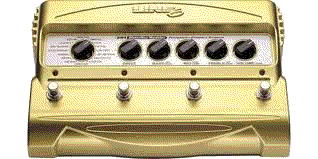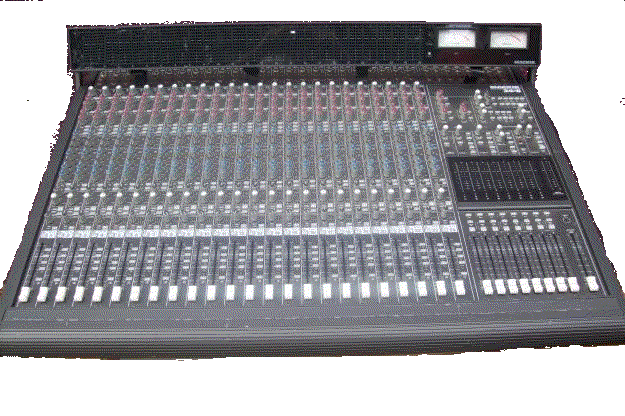Mixer Hire
Mobile DJs
PA Hire
DIY Disco
PA Equipment Hire
Bands & Live Acts
Mobile DJ Hull
Backstage Services
Mobile DJ Humberside
Mobile DJ Yorkshire
Mobile DJ Lincolnshire
Mobile DJ Lincs
Mobile DJ Yorks
|

|
Light Shows
Mobile DJ Grimsby
Karaoke
Mobile DJ Barton
Video Djs
Mobile DJ Cottingham
PA, Equipment & Stage Truck Hire
Mobile Disco Beverley
Mobile Disco South Cave
|
PA Hire For Performers
We can provide PA equipment for your rehearsal, performance or event, with or without an operator.
Choose to collection or delivery and set-up for you or by you.
|
So if you are in our coverage area, whatever you're looking for, be it a Complete PA, Video Distribution, a Limiter, a Microphone Stand, a Speaker Stand, a Digital Amplifier or an Insert Box
we can probably supply it, with or without an operator.
If you want to see a little of what is available to you, look at our equipment pages Mixers & Onboard and everything else. If you don't see what you're looking for call us or use the contact page, we can probably help.
Many of you reading this will be here because you know you need something more than what you have, but are perhaps not certain what it is or how to set it up and use it. So let's start by taking a look at the types of set-up used for a group of performing artists, such as a band.
We'll start from the spectator's perspective:
The audience is typically only aware of the main PA. The stuff that let's them hear you. This can be made up in a number of ways.
- 1 - from a lot of individual Amps with built in speaker(s) - normally referred to as 'Amps' by musicians.
- 2 - Amplifiers (on their own) and an associated Speaker Cabinet - amps on their own are called 'Heads' and speakers 'Cabs'.
- 3 - A Pair of speaker sets, amps to power them and a mixer taking all the individual sources and combining them.
- 4 - Any combination of the above.
|

|
In addition to the equipment the audience sees there's all sorts of other equipment necessary to put on a performance.
For example there will almost certainly be various 'pedals' or other effects units, these may include things like compressors, limiters and feedback destroyers as well as the more typical guitar sound distortion boxes. Compressors are often used for vocals as well as some instruments and may even be used for the overall mix. Pedals are normally instrument/artist specific and are controlled directly by them, more general effects and equalisation are typically controlled by the sound engineer if there is one.
|
|
As performers are often behind the main PA speakers that are directed to the audience they will not be able to hear themselves properly. Not least because the higher frequencies are quite directional and the bass frequencies therefore get accentuated. A singer may not be able to hear themself at all as, along with electric guitars, synthesisers and other instruments that do not make much sound in their own right, all their sound is going to the audience and not back to the artists.
With singers especially but also for some other instruments there are likely to be monitor channels fed back to speakers facing the artists on the stage so they can optimise their performance.
|
|
Normally there will be some form of mixing desk. This will take the signals from all the individual sources and, at a minimum, allow their relative volumes to be adjusted to get the balance of the music right and control the overall level. Is is common however for the mixer to have control over many of the effects and the monitors plus various other things.
Unless the mixer and its operator are out with the audience adjustments can't be based on what the public is hearing. This is the most common cause of a bad mix and a substandard performance. When the mix is controlled from the stage the person in charge has no idea what it sounds like to the public. Think of it as trying to drive a car sitting in the boot facing backwards.
Sometimes there may be a 'listener' in the audience with sign language agreed so the operator can act on their suggestions but this doesn't give the immediate responses necesary to keep up with the ever changing demands of a dynamic performance. If one of the artists is trying to double up performing and mixing, it's never going to work well!
|

|
Many other things are often included, not least lighting which, depending on the performance, may need its own operator, could be controlled by a pedal on stage or may have a sound to light or sequencing unit.
Going back to the options:
Options 1 and 2 are common for small bands where each member has their own instrument and amp, there will probably be some sort of separate system for the vocals although they may be run through one of the instrument amps.
| Pros |
Cons |
- Each artist is familiar with, and in control of, their own part of the system.
- Many amps have a very specific sound as well as basic effects built in and it has probably been bought specifically for its sound qualities.
|
- Each artist is in control of their own volume and it can be very difficult to maintain the right balance.
- Overall sound levels have to be reduced to that of the least powerful component.
- A lot of stage space is taken up
- Extra kit needs to be brought in before, and taken away after the performance.
|
Option 3 is common for small to medium sized venues, it also gives great flexibility where there are a number of different groups, bands and other performers.
| Pros |
Cons |
- The overall and individual mixes are centrally controlled.
- Mixes may be able to be done from the audience perspective.
- Potentially a lot less equipment needs to be carried.
- Reduced set-up and change over times.
- Stage space is preserved.
- Where the are multiple acts;
- There will be a single main set-up and tear down.
- Equipment can be shared.
- Artists only need to bring their instrument and any pedals.
|
- The specific sound of certain Amps may be lost unless it is possible to recreate it using effects.
- A mixer will be needed, with someone to operate it unless the set-up is fairly static.
|
Option 4 is sometimes used for specialist bands where the sound cannot be recreated using a central PA. This may involve anything from micing up individual artist's amps to feed to the main PA, taking feeds from instruments to the mixer and then returning the signal to that instrument's amp for rendition. Any combination can be used.
| Pros |
Cons |
- The sound of the band can be transferred from a small to large venue.
- Central control of the mix and overall volume.
|
- Potentially a lot of equipment has to be on stage.
- Tricky set up in some circumstances.
- Limited sharing of equipment between acts.
- Extra kit needs to be brought in before, and taken away after the performance.
|


